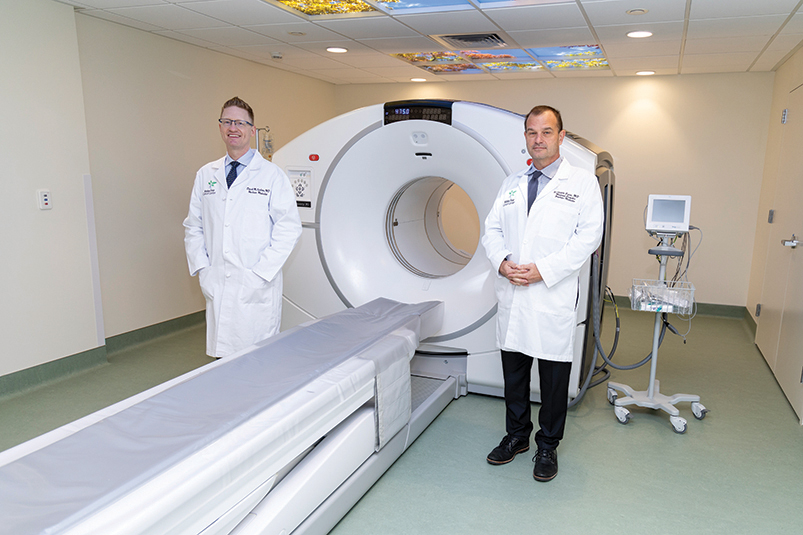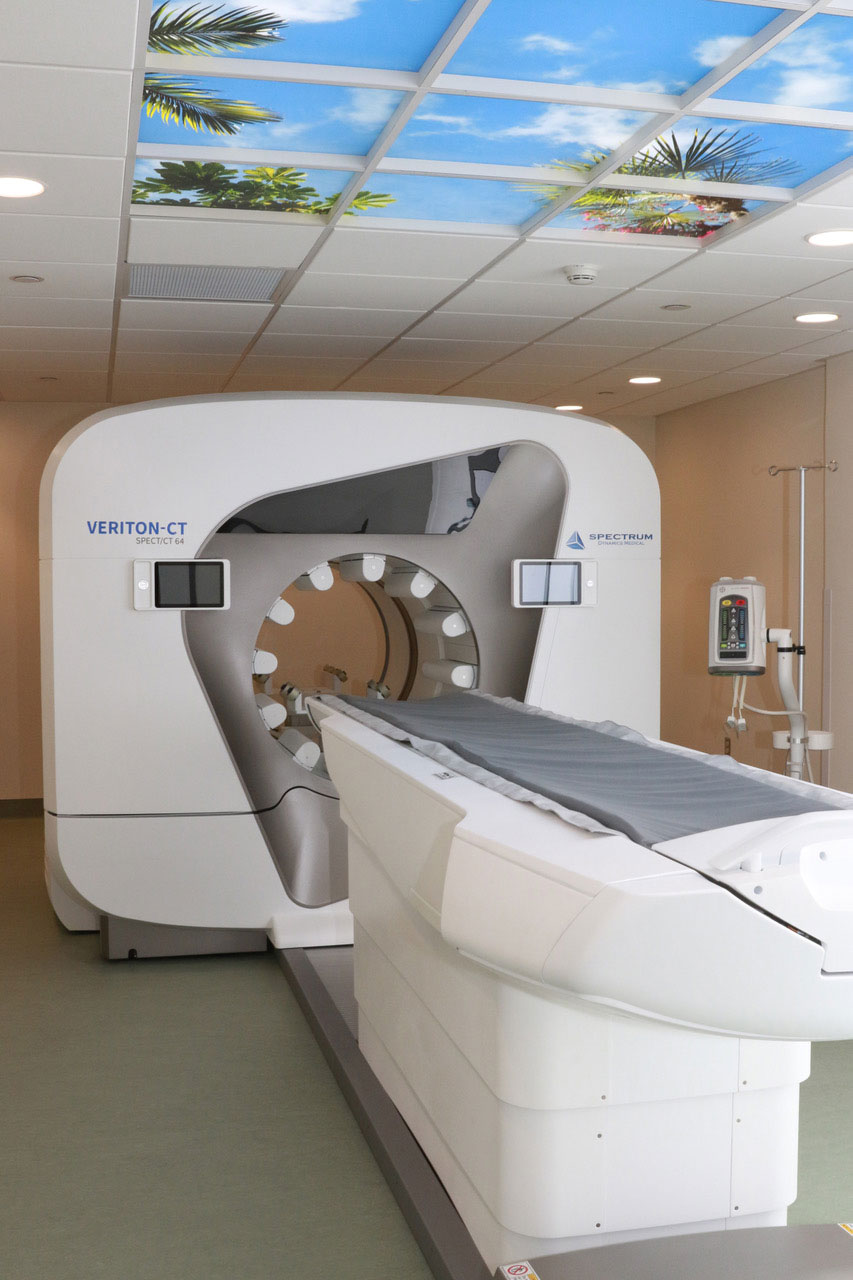COMMUNITY IMPACT
Medical Technology
The Cancer Foundation sponsors the acquisition of state-of-the-art equipment, such as the digital PET/CT machine installed in 2022 and a new digital SPECT/CT machine installed in 2024 in the nuclear medicine department of the Ridley-Tree Cancer Center, to provide physicians access to improved images, allowing for the detection of smaller lesions and better outcomes.




“The Cancer Foundation is a shining star and an excellent example of an organization that uses donations wisely…They deliver on their mission and make a profound impact in our community.”
Cynder Sinclair
Consultant
